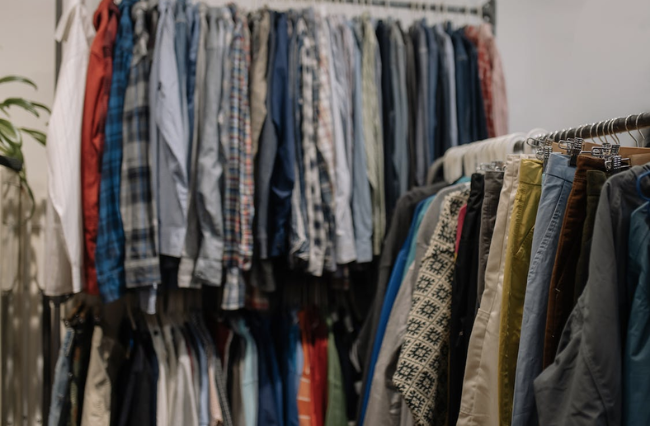Op shopping, short for “opportunity shopping”, is fast becoming Australia’s most popular thrifty endeavour. Although op-shopping been a part of Australian culture for over a century, it’s becoming more trendy than ever, with the global secondhand economy predicted to make $350 billion USD ($518 billion AUD) by 2027.
However, concerns have arose since the resurgence of op shopping, including the rise in prices across op shops in Australia, the increase of fast fashion being donated and sold, and that op shops may no longer be accessible to those who need them. With inflation in Australia at an all-time high, recent media reports find that people are beginning to question whether op shopping is still able to provide the same value to communities in need amidst this financial crisis.
Frequent Gippsland-based op shopper Blair Villanueva, adopted a culture of thrifting from her parents when she lived in the Philippines. She expressed her appreciation over the growing trend of op shopping across Australia, noticing a new demographic emerging in the past three years since living in Victoria.
“I’ve noticed that more and more younger people are into thrift shopping,” she told upstart.
“I’ve seen families with little kids make thrift shopping their family affair, and I find it amazing to teach kids the culture of thrifting at an early age.”
However, Villanueva has seen an increase in prices at op shops which has made it hard for her to justify spending her money on second-hand clothes when other retail stores sell brand new clothes at a similar price.
“One of the biggest changes recently is the huge increase in prices,” she said.
“It is cheaper to buy clothes from Kmart clearance.”
Samantha Arthur is a Marketing coordinator at Sacred Heart Mission, an organisation that employs volunteers to help people experiencing homelessness and operates op shops across Melbourne, who says the organisation is tackling these concerns.
“We understand that consumers are finding op shops really highly priced these days, and so that’s a consideration that all our stores make,” she told upstart.
“With our pricing, we try to go a third of what you’d pay retail.”
Arthur proposed that an important factor in regulating pricing at op shops is through staff training. She said it’s important to educate staff on fashion trends so they can establish fair and affordable clothing prices.
She also says that Sacred Heart Mission’s proceeds go towards providing support for homeless communities in Melbourne. The stores themselves also do their best to provide aid to those in need.
“For all of our stores, if there is a person who is struggling, all they need to do is come up to the coordinator or staff member and say ‘Hey, I really need a change of clothes,’” she said.
“We think that a person who’s experiencing homelessness should be able to come into the store and be able to choose what clothes they want to wear, in terms of their size and their personality and their style.”
Another issue op shopper Villanueva has noted is that it’s challenging to find good quality clothing at op shops, due to an influx of clothing from fast fashion brands.
“If thrift stores believe in the philosophy of good quality thrifting, they should make a change in selling fast fashion brands,” she said.
“I believe it is a shared responsibility of everyone in the community to take action in minimising the overly growing textile waste.”
One of the ways that Sacred Heart Mission manages their intake of fast fashion is by recycling cheap, low-quality products instead of selling them. Arthur says that this practice aims to elevate the value of their stores, as well as ensuring they aren’t overpricing poor quality items.
“We really try to make sure that our op shops are selling the best donations we can,” Arthur said.
“We want to be able to sell products that then have a second and third and fourth life and come back into our op shops.”
Arthur believes that op shops should promote a “circular economy” where items are reused and resold rather than thrown away. She explained that the growth in resale markets such as Depop and Facebook Marketplace aids in reducing textile waste.
“Young kids will come in and find something that’s trending now and that isn’t fast fashion… they’ll buy it from us and list in online and make a profit,” she said.
“We don’t have a problem with that either, I think it’s a good way to make a living and it’s part of the circular economy and it’s sustainable.”
While op shops remain a sustainable alternative to buying fast fashion, many shoppers still have growing concerns regarding the decline in affordability and quality. However, as op shops are seeing an expanding demographic with more young families, sustainably-conscious youth and “treasure hunters” all seeking out the best quality clothing at the lowest prices, more op shops may be inclined to work towards a circular economy to provide for their growing customers.
Article: Gemma Dimitrijevski is a Bachelor of Media and Communications (marketing) student at La Trobe University.
Photo:Assorted Clothes Hanged on a Clothes Rack by cottonbro studio available HERE and used under a Creative Commons License. This photo has not been modified.







